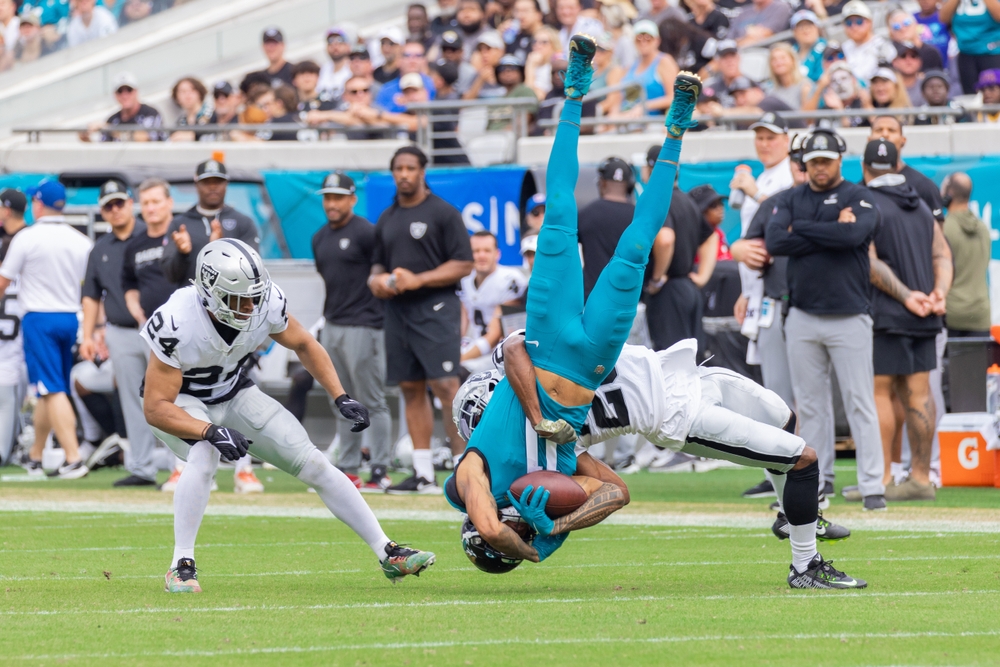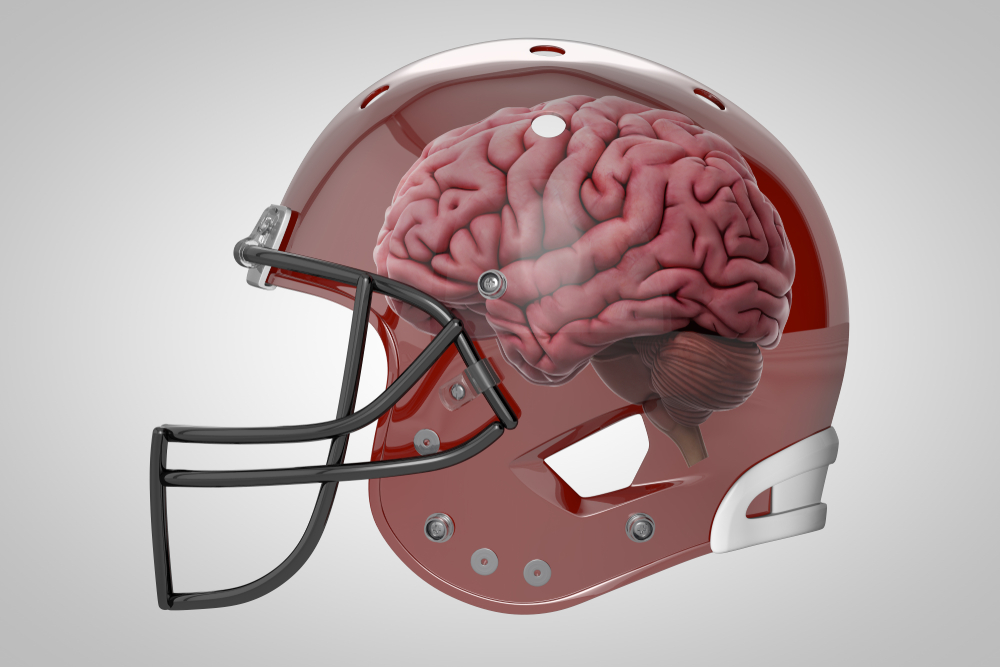Five Facts to Know About Head Injuries
March is National Brain Injury Awareness Month, aimed at spreading awareness about one of the leading causes of death and disability in America. It is surprising to realize just how many people suffer permanent damage or death from a traumatic brain injury (TBI).
In January, the tragic death of comedian Bob Saget, who sustained a head injury and died in his sleep hours later, brought TBIs into the spotlight. Experts urge anyone who sustains even a mild head injury to take it seriously and seek medical attention to rule out more serious complications.

Here are five of the most crucial facts to know about head injuries.
- Someone in the U.S. suffers a brain injury every nine seconds. At least 5.3 million Americans – roughly one in 60 people – live with a TBI-related disability. At least 2.8 million are treated in an emergency room for a TBI, but countless more sustain one and never seek medical attention, which puts them at risk for long-term damage or death. Falling accounts for nearly half of reported TBIs, followed by being struck by or against something, car accidents, and assaults. Males are nearly twice as likely as females to sustain a TBI.
- Serious head injuries won’t always knock you unconscious. When most people hear the term brain injury, they think of a concussion; they believe the worst injury will be avoided as long as they keep the person awake. Any blow to the head that disrupts brain function is a TBI, and damage to just one part of the brain can damage the rest. And while concussions are considered mild injuries, having multiples can be more dangerous than sustaining a single more serious TBI.
- Using a seatbelt and wearing a helmet are the best things you can do to prevent a TBI. Brain injury happens in one of two ways: penetrating or closed. Penetrating TBIs happen when there is a break in the skull, and they tend to injure a specific portion of the brain. Closed injuries are caused by rapid back-and-forth movement and shaking of the brain inside the skull. This results in bruising and/or tearing of tissue and blood vessels and might actually cause more overall damage than an open injury. Closed TBIs are usually caused by car accidents, falls and contact sports.
- Adults 75 years and older are most at risk for a TBI. According to the CDC, people over 75 account for about 32% of TBI-related hospitalizations and 28% percent of deaths. Older adults face a high risk of concussion because they tend to fall as they develop age-related weakness or disease. TBI symptoms can also be harder to discern in seniors because age and other afflictions make it easy to dismiss them.
- The type of long-term damage caused by a TBI depends on which side of the brain was injured. Because different sides of our brain are responsible for different things, injuries could have very different consequences on the left side versus the right. Injuries to the left side can cause difficulty understanding words and speaking, extreme depression/anxiety, impaired logic and loss of control over the right side of the body. Right-sided injuries can lead to decreased spatial awareness, deficits in visual memory and creativity, inability to look at the big picture, and loss of control over the left side of the body.
Types of Brain Injuries
There are several types of brain injuries. Each is explained below.
A concussion is the most common type of TBI and can be difficult to diagnose. It can result from a penetrating wound, whiplash, shaking or blow to the head. The brain’s blood vessels stretch, causing nerve damage.
A contusion is caused by a blow to the head and is defined by the presence of bleeding on the brain that may require surgery to remove.
Shaken baby syndrome is often caused by abusing a baby who won’t stop crying. Aggressively shaking an infant can push their brain around inside the skull and easily lead to permanent damage or death.
A diffuse axonal injury is often seen in a serious car accident or a shaken baby. It results from violently shaking or rotating the head, leading to torn nerve tissue and the release of harmful chemicals that can injure other parts of the brain.
Locked-in syndrome occurs when a person suffers a TBI and loses control over their entire body, except for the eyes. This terrifying injury usually leaves them conscious and thinking clearly.
A penetration injury occurs after the brain has been penetrated by something, such as a knife, bullet or other objects sharp enough to pierce the skull.
A coup-contrecoup injury happens when contusions occur on opposite sides of the brain. The injuring blow or force moves the brain from the point of impact hard enough to cause a contusion on the other side of the skull.
Second impact syndrome is an additional injury caused by symptoms of a first TBI that has not yet healed. The brain may swell and suffer further damage.
What To Do if You Hit Your Head and Suspect Brain Injury
Untreated head injuries can worsen over time and exacerbate existing problems like motion sickness, migraines, and anxiety, or cause problems with vision and concentration. Any type of concussion should always be evaluated.
Moderate to severe TBIs will typically be more obvious, and patients with these “red flag” symptoms should go to the ER immediately:
- Bleeding or fluid discharge from the head or face
- Nausea or vomiting
- Severe headache
- Loss of consciousness beyond a few seconds
- Confusion/agitation
- Weakness/imbalance
- Slurred speech
- Seizures
- Black-and-blue discoloration behind the ears or under the eyes
If you or a loved one suffers head trauma, call 911, then administer first-aid. Keep the person still, lying down with their head and shoulders slightly elevated. Don’t move them or touch their neck, and if they’re wearing a helmet, leave it on. Stop any bleeding with firm pressure unless you suspect a skull fracture. If the person stops breathing or goes unconscious, begin CPR.
While most patients with a mild head injury will be fine, doctors say it is always better to be safe than sorry. Bob Saget, who suffered an unknown head injury, is sobering proof of this. Seeing a doctor for any type of head injury will be a mild inconvenience, and it just may save your life.












